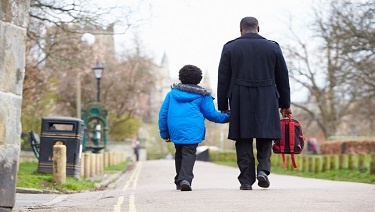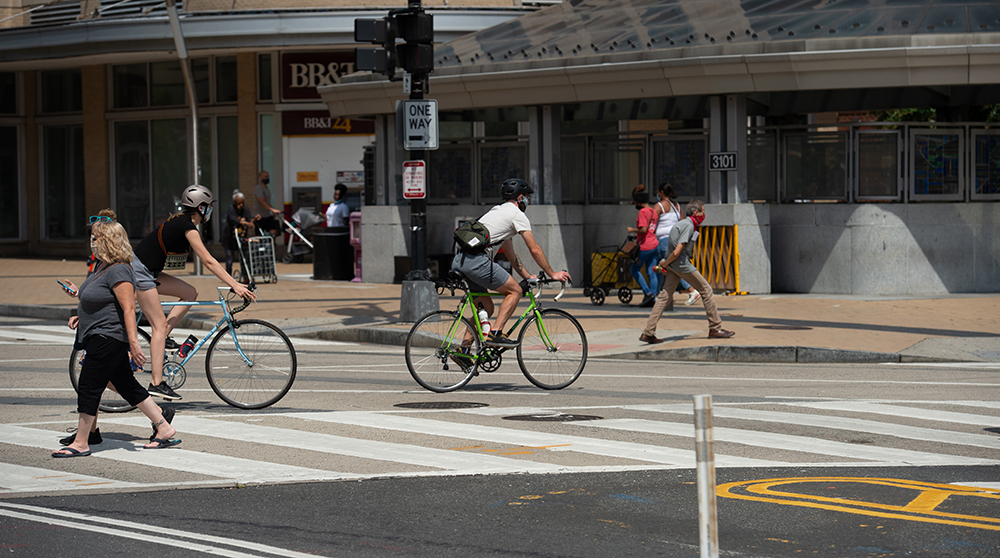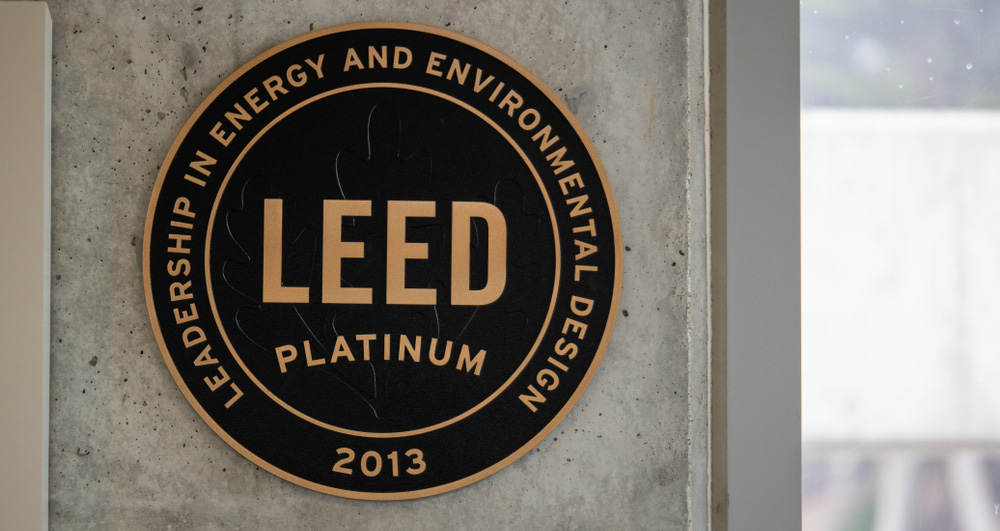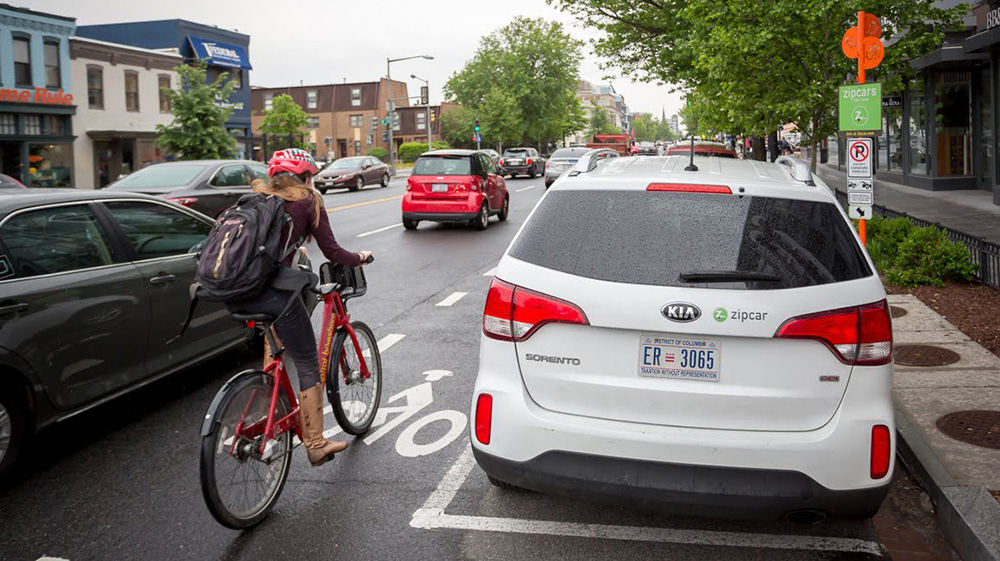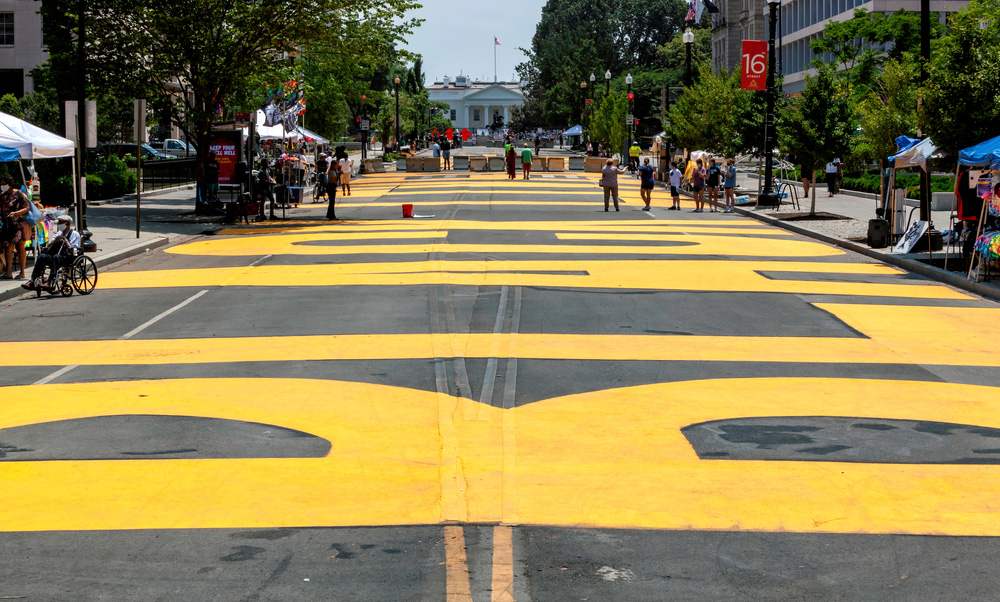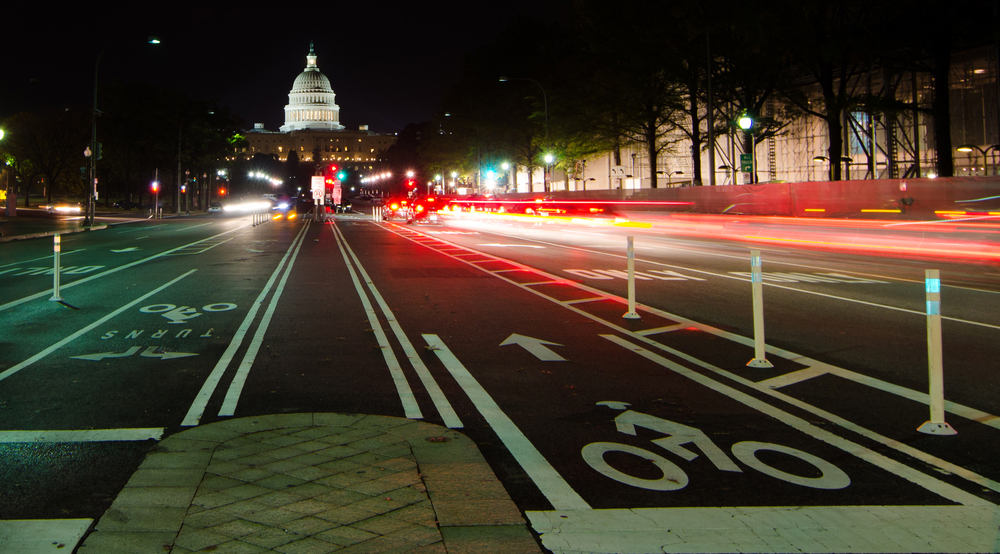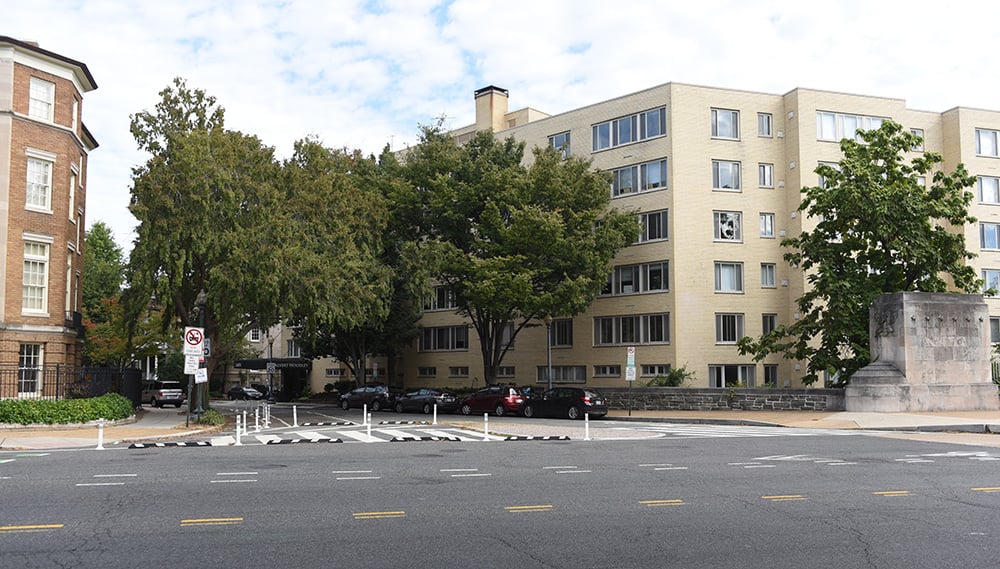When students walk to school, they're setting good habits and a positive tone for the day. Although distance, weather, and infrastructure can make walking challenging for some, those that do live within walking distance (typically 1 mile or less) can reap some amazing benefits from getting their stride on each day. Here are five ways walking to school can benefit your children and family. 1. Improve Test Scores Adding just 20 minutes of physical activity (approximately the time it takes to walk a mile) into a child's day can increase test scores. In a 2015 study, researchers found that after just 20 minutes of physical activity students tested better in reading, spelling, and math and were more likely to read above their grade level. By having your child walk to and from school you can help them perform better. 2. Fewer Sick Days Walking just 30 minutes a day can boost your child's immune system and cut their risk of catching a cold in half. Walking to school could mean fewer sick days for your child and fewer missed work days for you. 3. Improve Mental Health With mental health issues rising in children throughout the past decade, it's important to find small ways to combat these issues and improve mental health on a daily basis. During the coronavirus (COVID-19) pandemic, children have been sheltered from their normal interactions with peers such as playing during recess and the overall social aspect of being in person. Walking can help to reduce the severity of mental health issues. Just an hour of physical activity a day can help reduce stress and reduce depression and anxiety. 4. Improve Sleep Sleep is crucial for children and teens who are developing both mentally and physically, but unfortunately students, especially teenagers, can have issues with sleep and often don't get a good night's rest. Walking to school can help children and teens sleep more soundly and improve their sleep quality. Getting an adequate amount of sleep in turn can contribute to higher test scores, better moods and behavior, and improved mental and physical health. 5. It's Good For You, Too! It's advised that children under ten are walked to school by a parent, trusted adult, or as a part of a walkpool (similar to carpools but walking instead of driving). By walking your child to school, you can reap the health benefits that walking brings as well. Walking just 30 minutes a day can reduce the risk of diabetes, heart disease, depression, certain cancers, Alzheimer's and dementia, osteoporosis while improving fatigue, blood pressure, strength, and boosting endorphins and the immune system. Walking your child to school can make you healthier and happier! Worried About Safety? Safety can be a big concern for many parents when it comes to walking to school. Parents can ensure their child is safe by helping them understand and obey traffic signs and signals. Walking in groups and adopting a buddy system can also increase safety. Walkers should also avoid using electronics that could distract them during their route. In addition, the District's Safe Routes to Schools program works year-round to advance safe walking and biking to and from schools and address problem areas. DC's Safe Passage initiative has also identified safe spot locations that are local stores and businesses known to welcome students who encounter safety issues on their way to and from school. Find safe spot locations along your route to school. ...
Our nation's capital boasts a number of sustainable transportation options including public transit and active modes like biking, walking, and scooting. This makes it easy to get around, no matter the mode you choose. In fact, Washington, DC ranks the 4th most transit-friendly city, 7th most walkable city, and 9th most bike-friendly city in the U.S.!...
Over the past year, telework has certainly provided value as a safe alternative work arrangement in response to the coronavirus (COVID-19) pandemic. Whether it’s one day a week or every day, teleworking can save you time and money, reduce air pollution, and even help stop the spread of COVID-19. We understand that many people can’t telework due to the nature of their job and recognize that the telework experience differs from that of pre-COVID times, however, we encourage everyone to take time for wellness which can start with recapturing the personal time that commuting to the office previously offered....
This blog references DC Circulator. Please note, as of 1/1/2025, DC Circulator no longer provides bus service. Black History Month is nationally observed every February to recognize the great contributions of African Americans in US history -- past, present, and future. This year, goDCgo is celebrating Black History Month in a new way by highlighting some of the black-owned businesses in the District and how to get to their storefront locations using sustainable transportation....
Did you know prioritizing sustainable transportation at your new development can put you on the path to LEED certification? goDCgo gathered information about the transportation-related LEED points and discovered the many ways you can earn points to become LEED Certified™ and rise the ranks as a goDCgo Transportation Ambassador....
Carver Apartments, a 63-unit building situated in the District’s LeDroit Park neighborhood, has created a car-lite community ready to embrace sustainable transportation. After Carver Apartments opened in 2019, Dominique Danielle, Marketing Manager at Urban Investment Properties (UIP), developed a transit-friendly campaign to attract new residents....
This blog references DC Circulator. Please note, as of 1/1/2025, DC Circulator no longer provides bus service. The District of Columbia is not only our nation's capital, but it's also a home for many creatives. In addition to the staple Smithsonian museums, the city offers plenty of FREE must-see sites that are outdoors and easily accessible using public transportation. In all eight wards, you can find a variety of street art, sculptures, and murals beaming vibrant colors and celebrating a range of cultures, music, iconic figures, historic moments, inspirational messages, and more. In fact, the DC Department of Public Works (DPW) created the MuralsDC initiative to help clean and beautify our nation’s capital. Since its pilot in 2007, MuralsDC has painted 133 murals across every ward of the city – that's more murals than any other entity in the District....
If you work nontraditional or late-night hours, you may find that you are left with fewer commute options to get to and from work. Since the public health crisis, public transit and other commonly used travel options have become even more limited in order to encourage people to stay home, practice social distancing, and ultimately protect the safety and well-being of commuters....
On Sunday, November 1 at 2am, we will depart from Daylight Savings and fall back to Eastern Standard Time. According to our friends at National Geographic, “Daylight saving time in the U.S. began in 1918 as an attempt to save energy during the throes of World War I, following Germany's earlier shift in 1916. The idea was to maximize sunlight hours during the longer days of the year by taking an hour of morning sun, when many are sleeping, and adding it to the end of the day.”...
This blog references DC Circulator. Please note, as of 1/1/2025, DC Circulator no longer provides bus service. Did you know that creating a car-free or car-lite residential community can reduce housing costs for both you and your tenants? A car-free development is a residential or mixed-use property that normally provides a traffic-free environment, offers no parking or limited parking separate from the residence, and/or is designed to enable residents to live without owning a car. Whether you're planning or currently developing a new residential building or updating an existing property, it's never too late to implement a transit-oriented strategy to help reduce vehicle use and traffic congestion in the District of Columbia. Even if you're not immediately ready to go car-free, goDCgo has outlined a range of options to help get you started with supporting a car-lite lifestyle or fully committing to going car-free....


